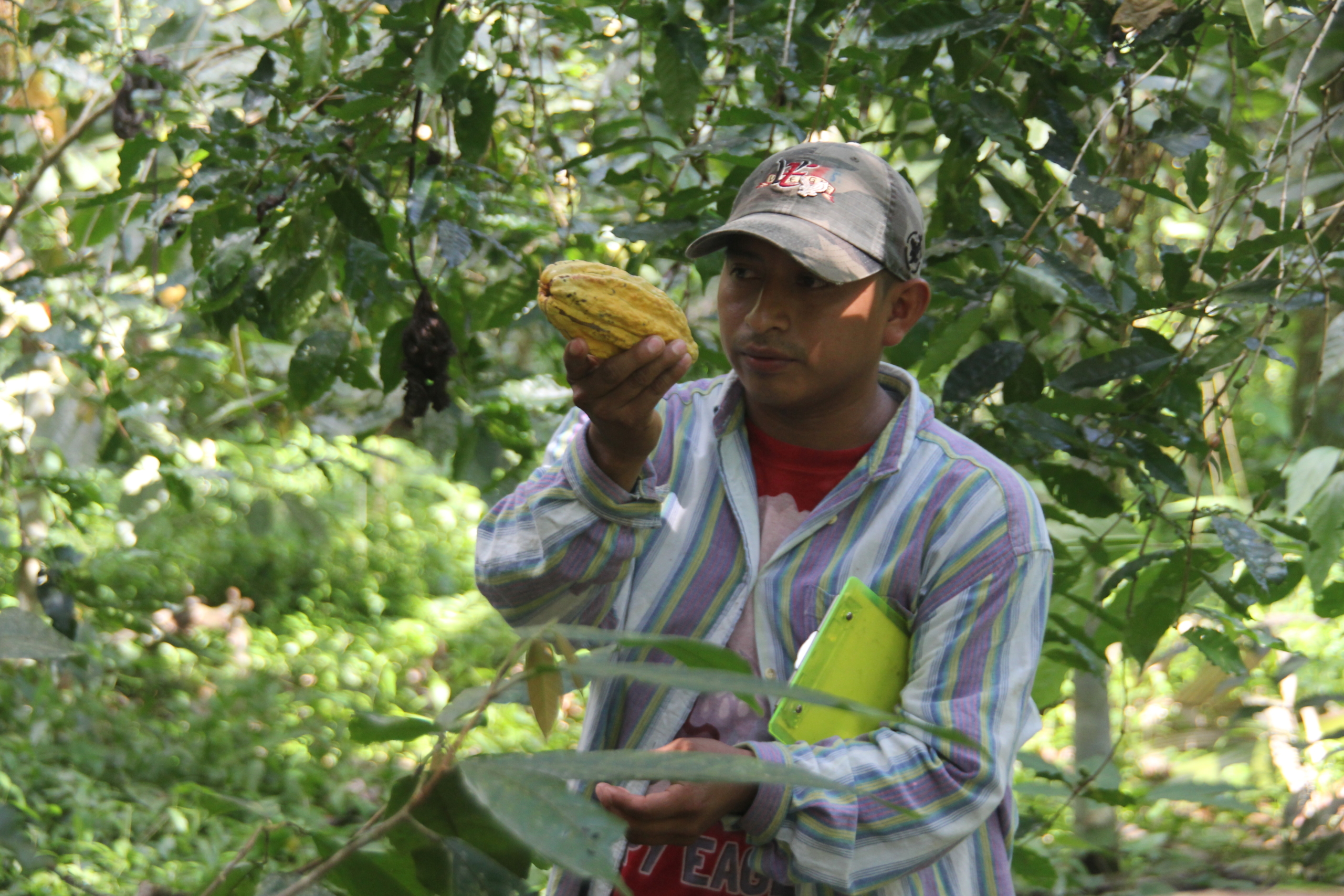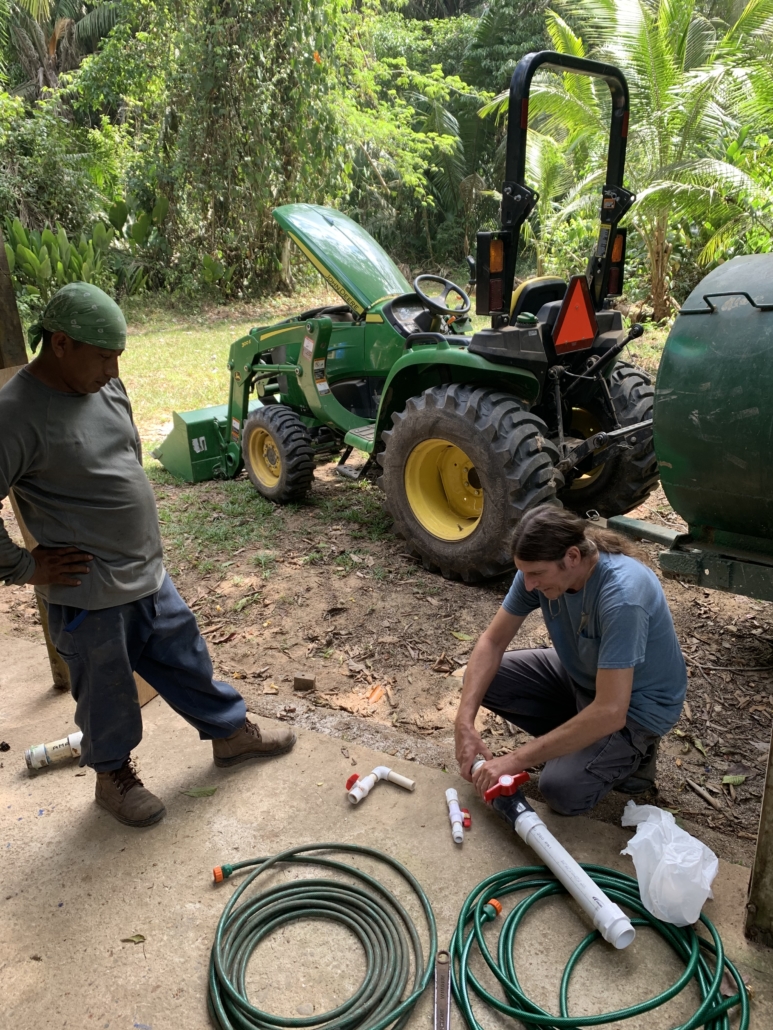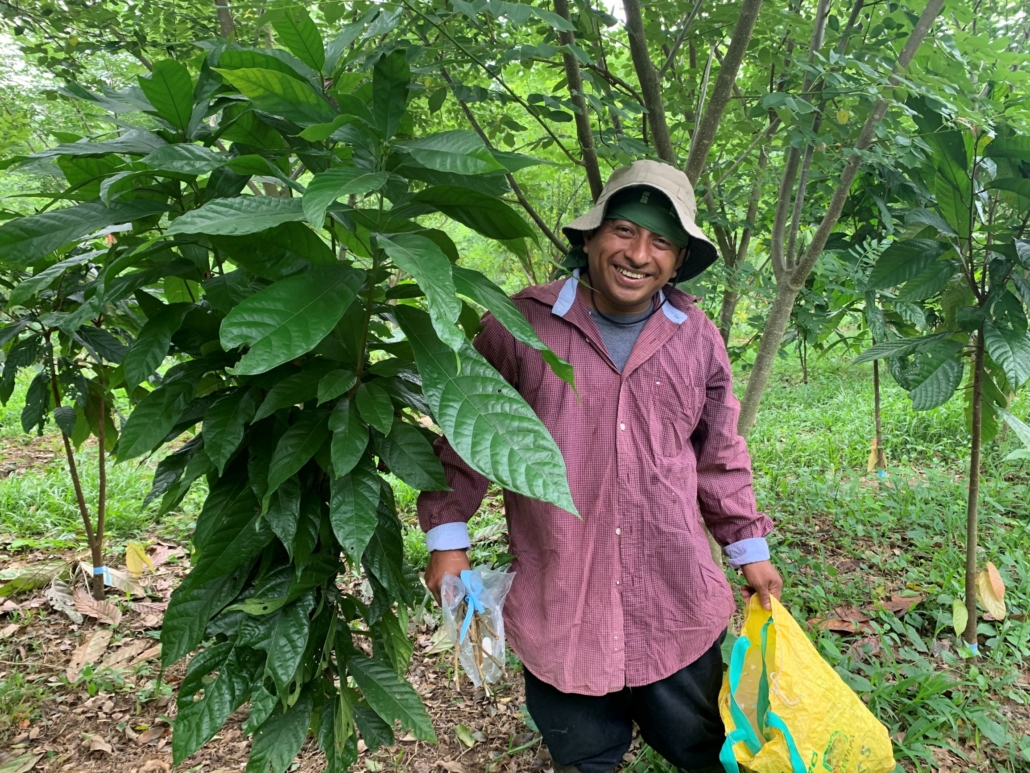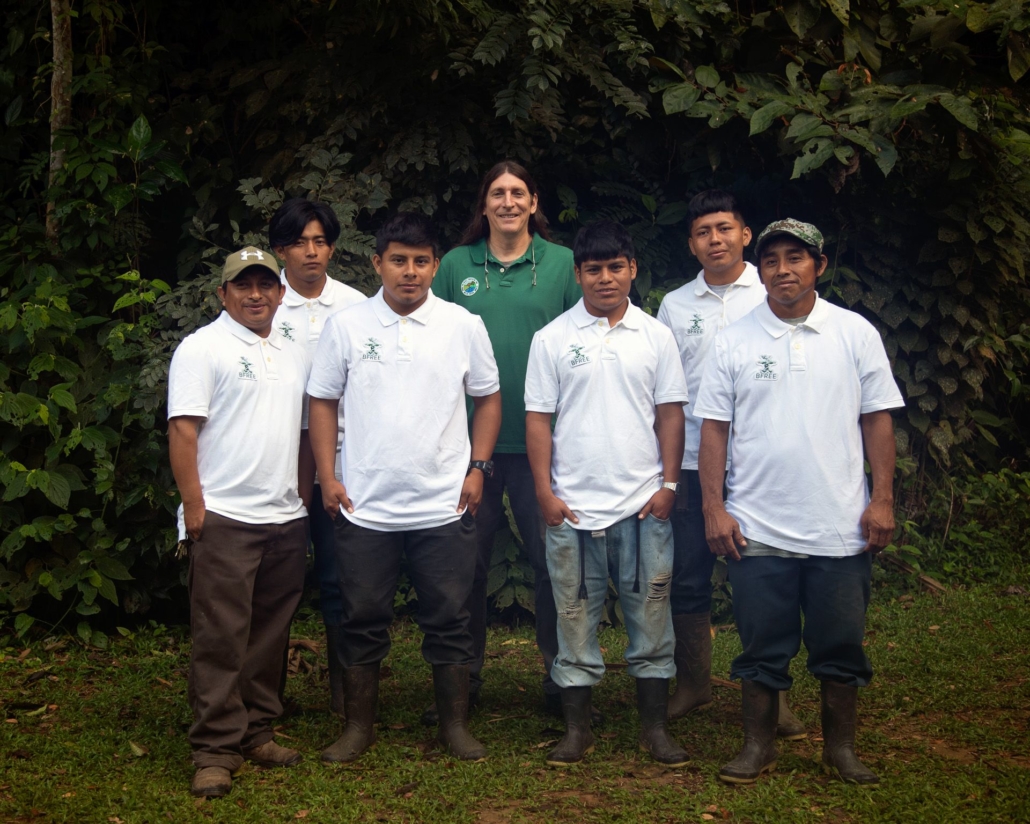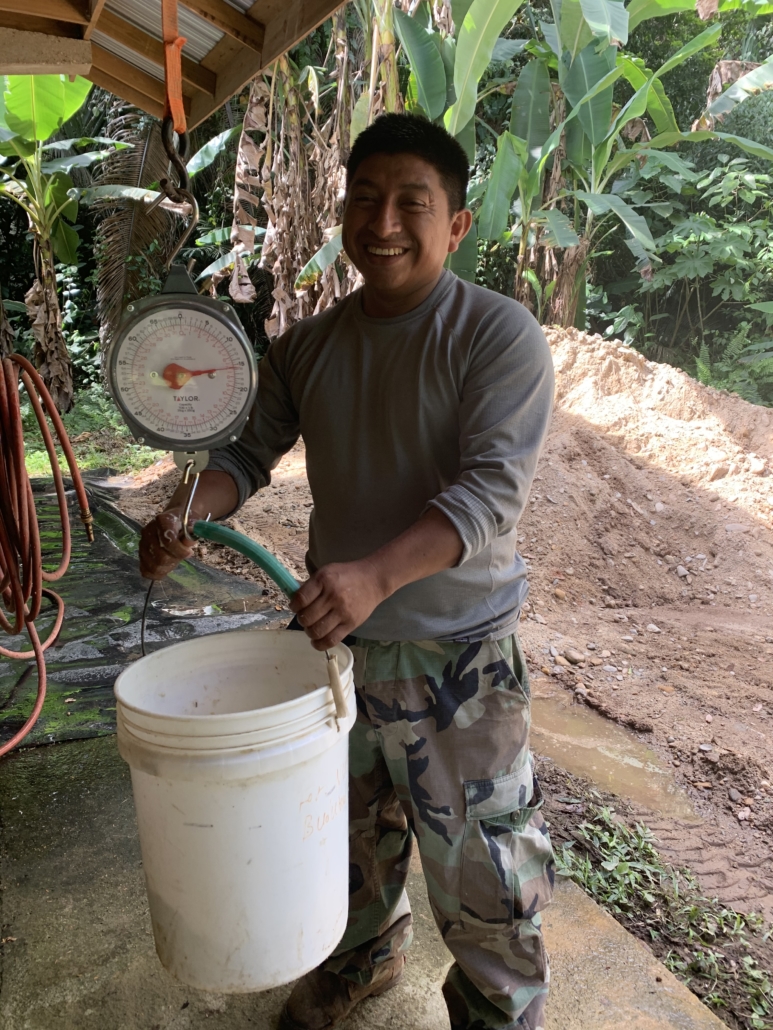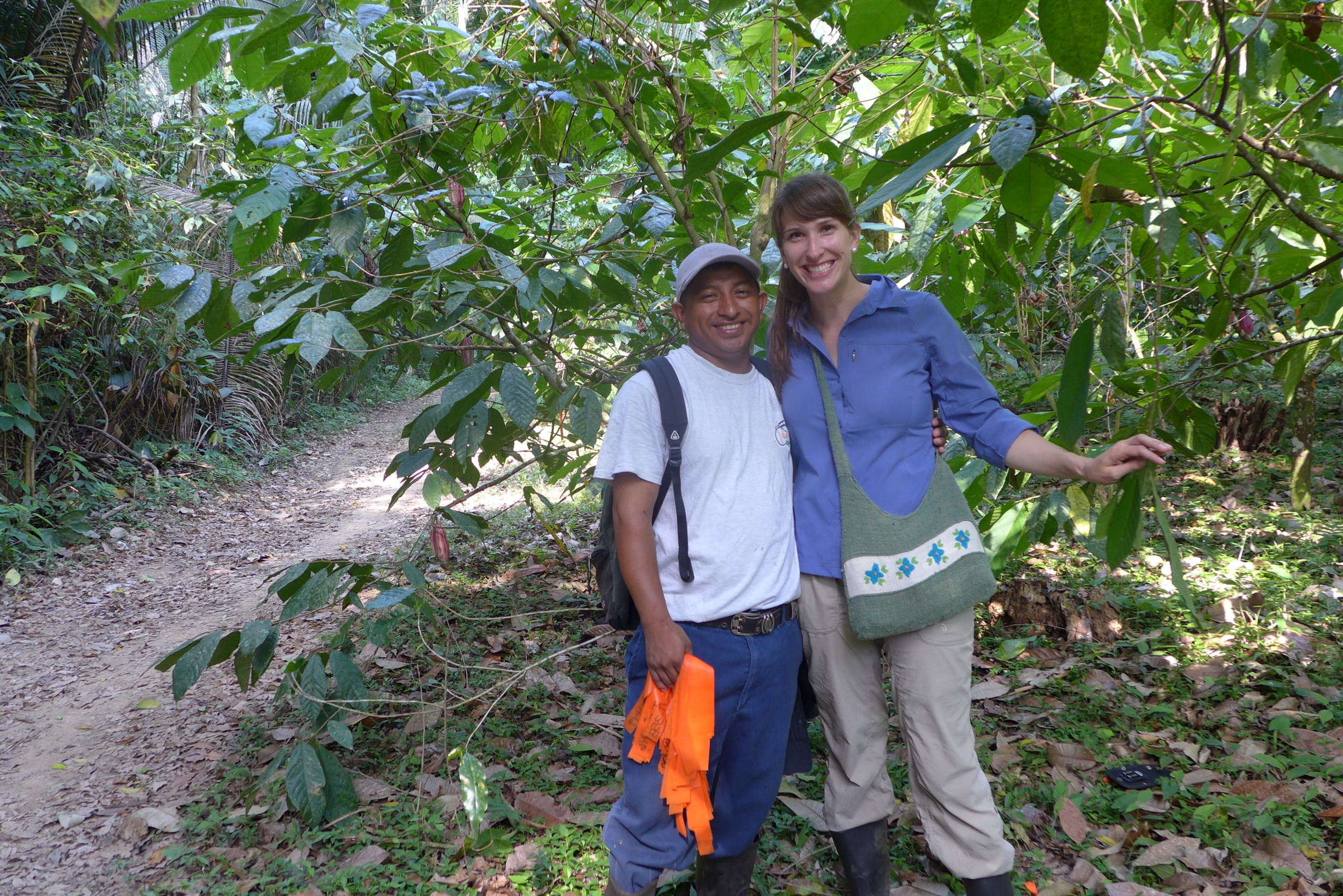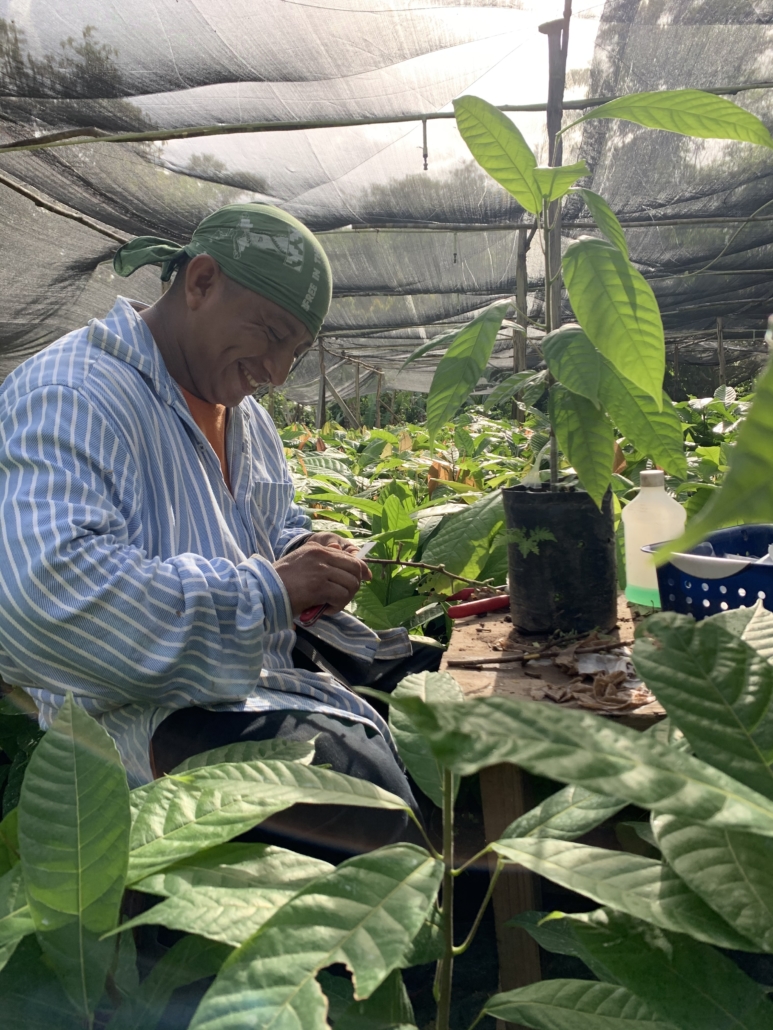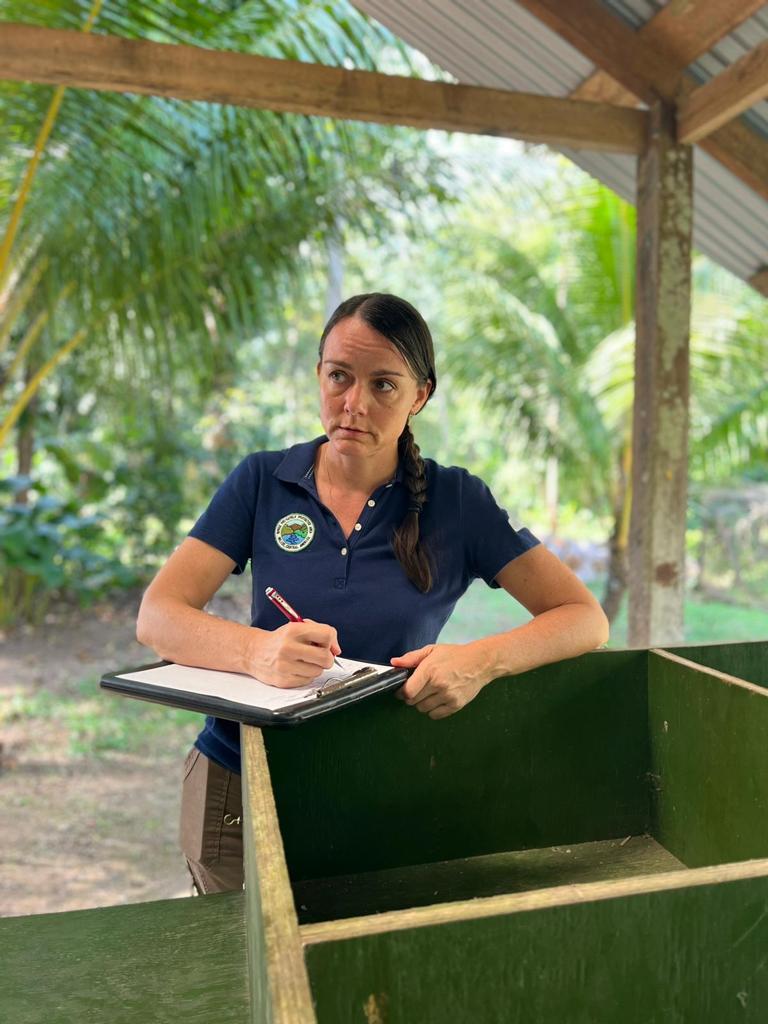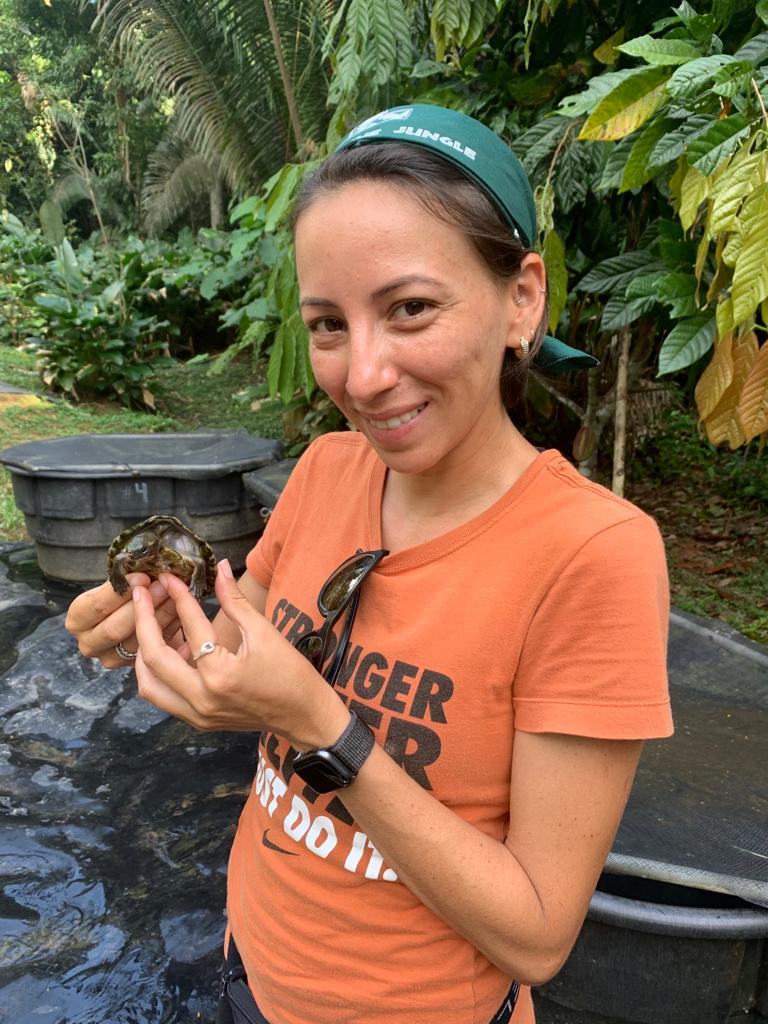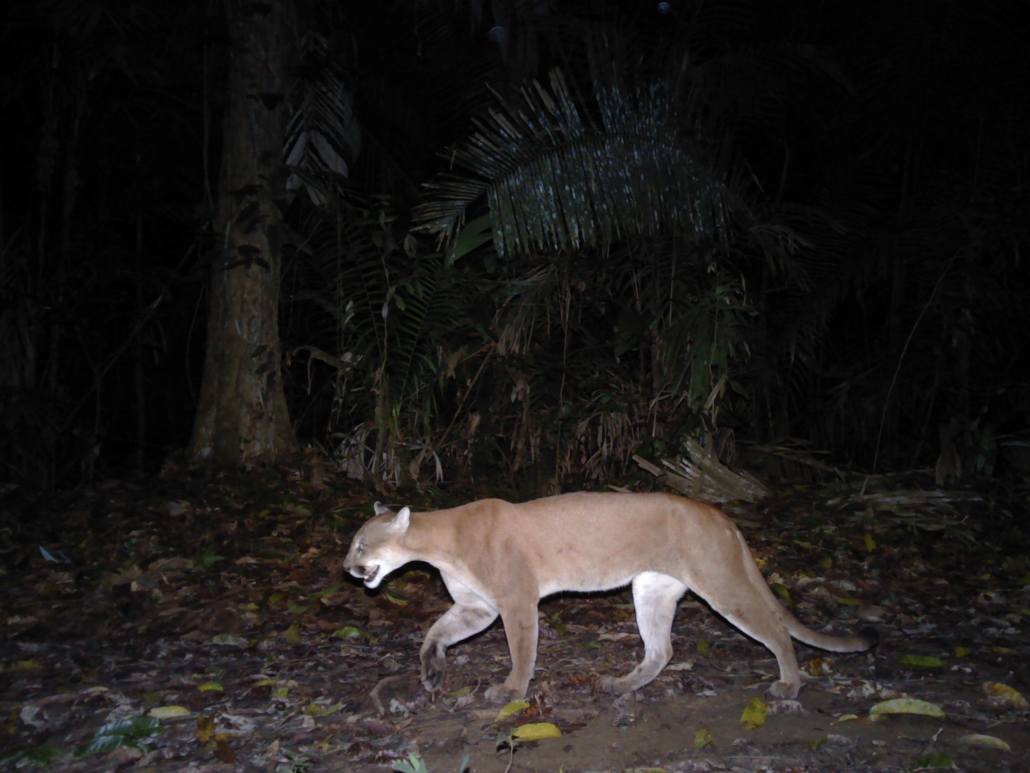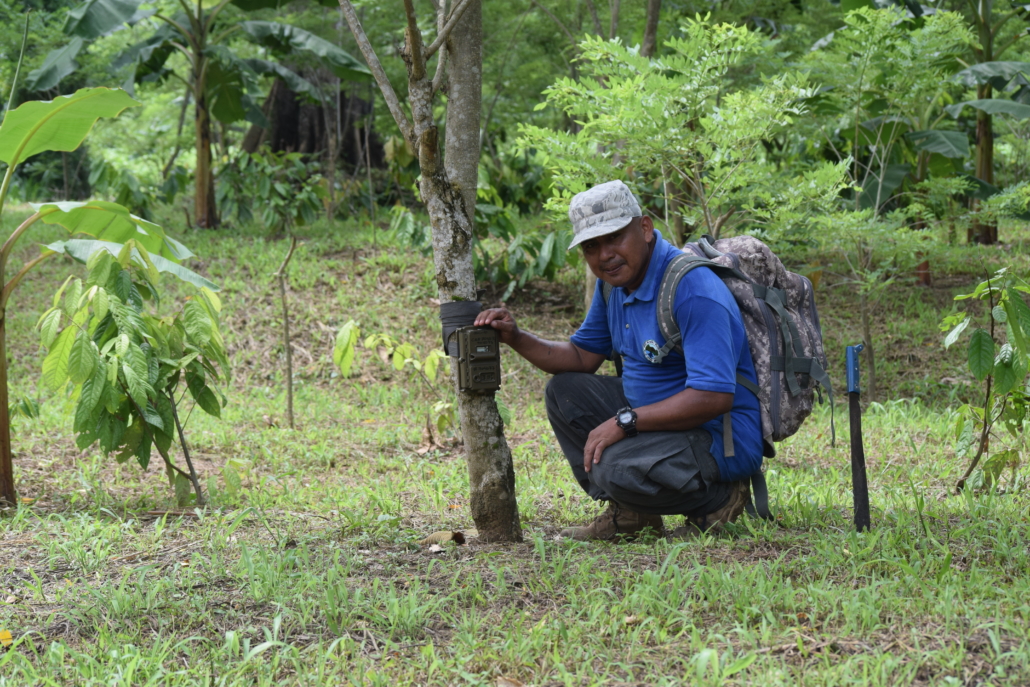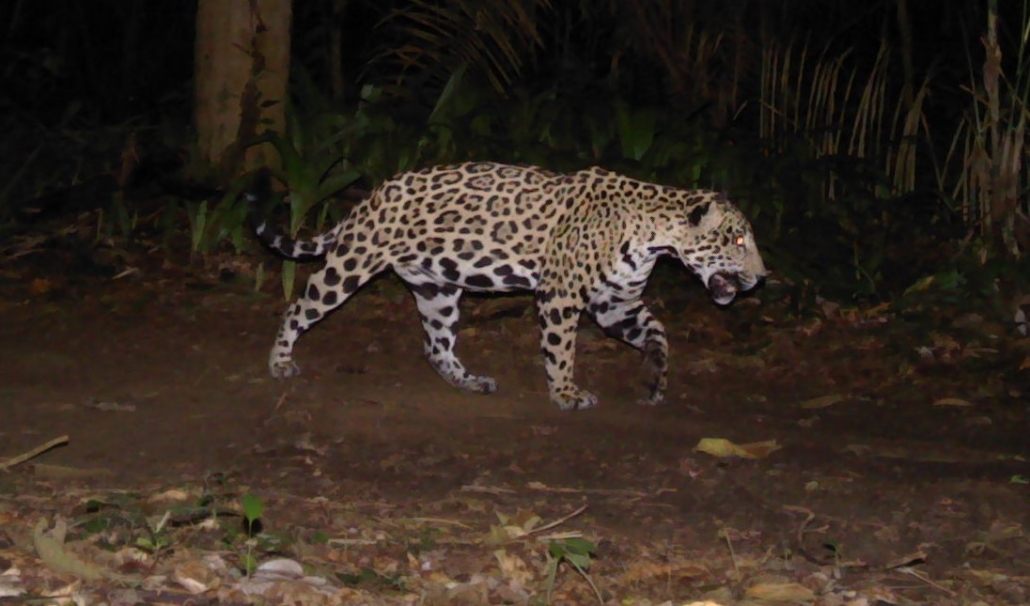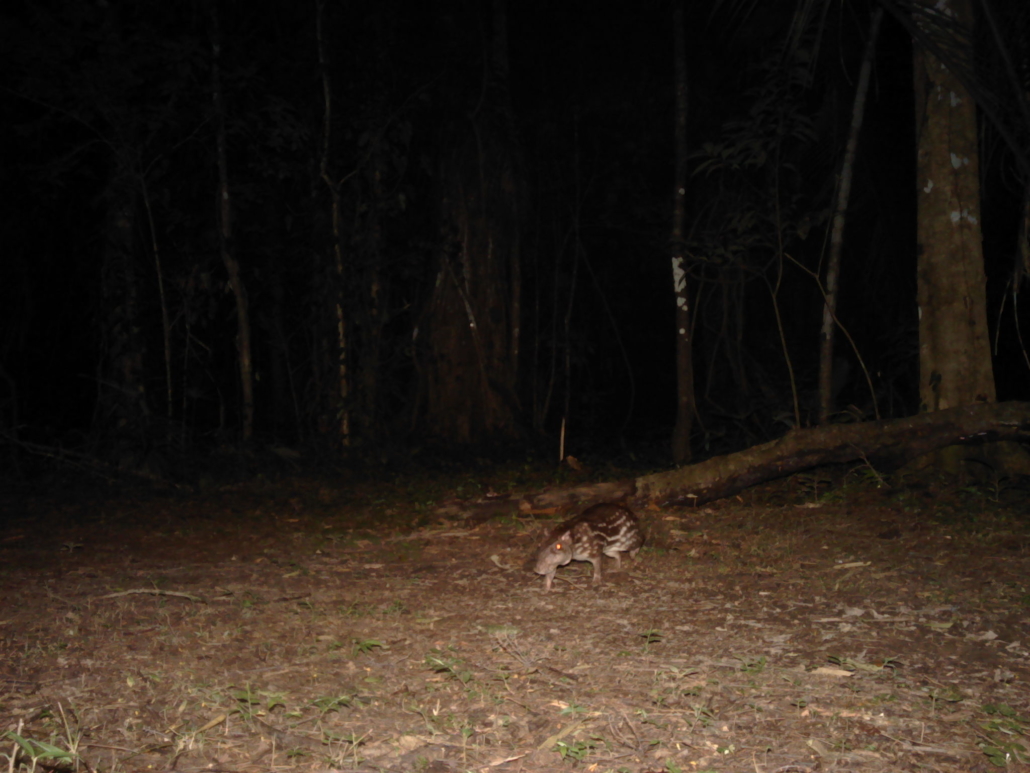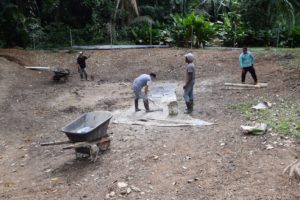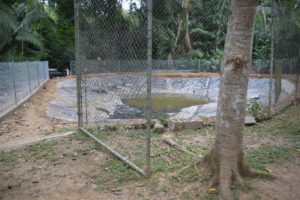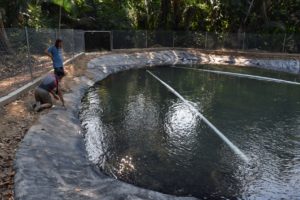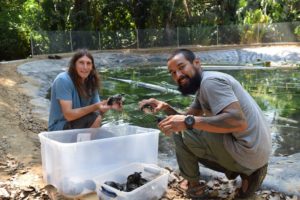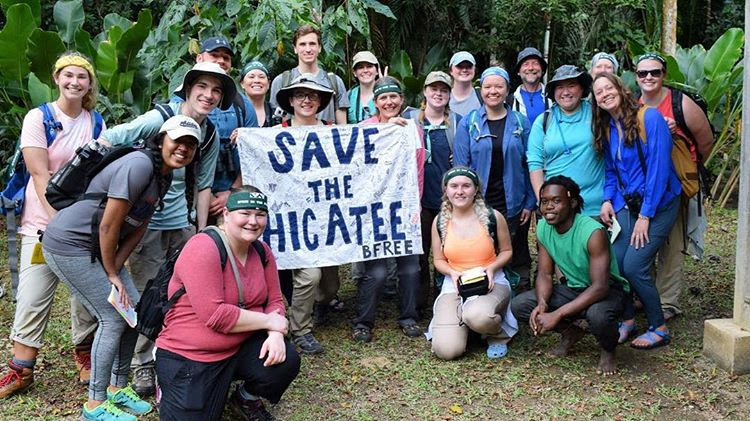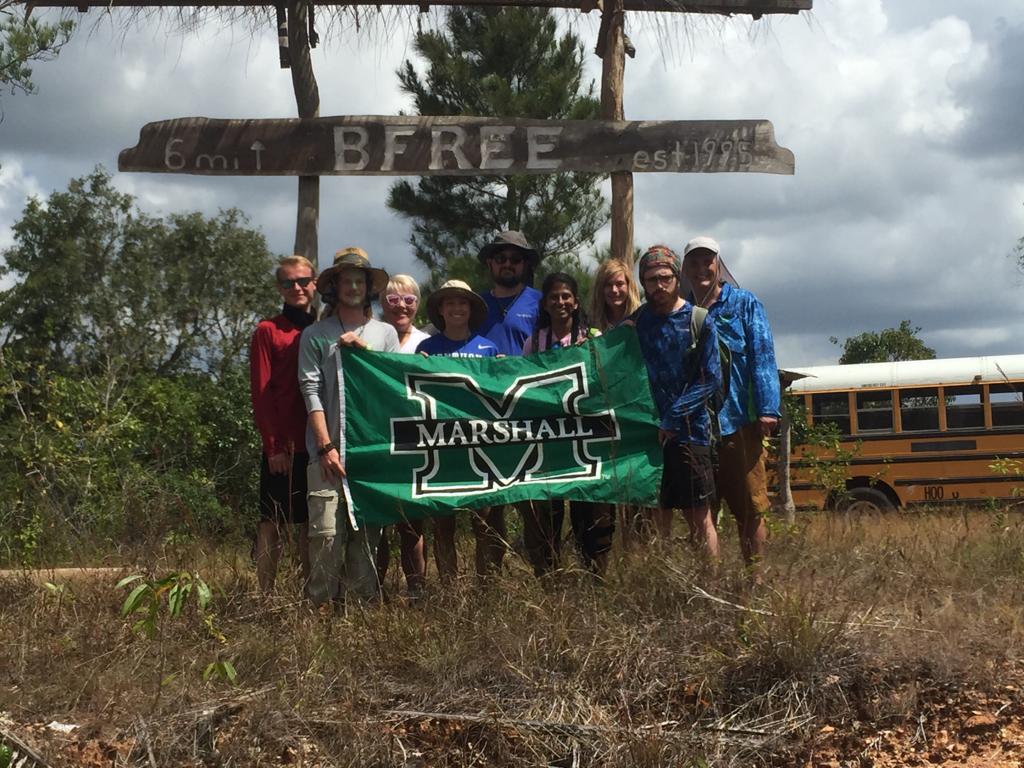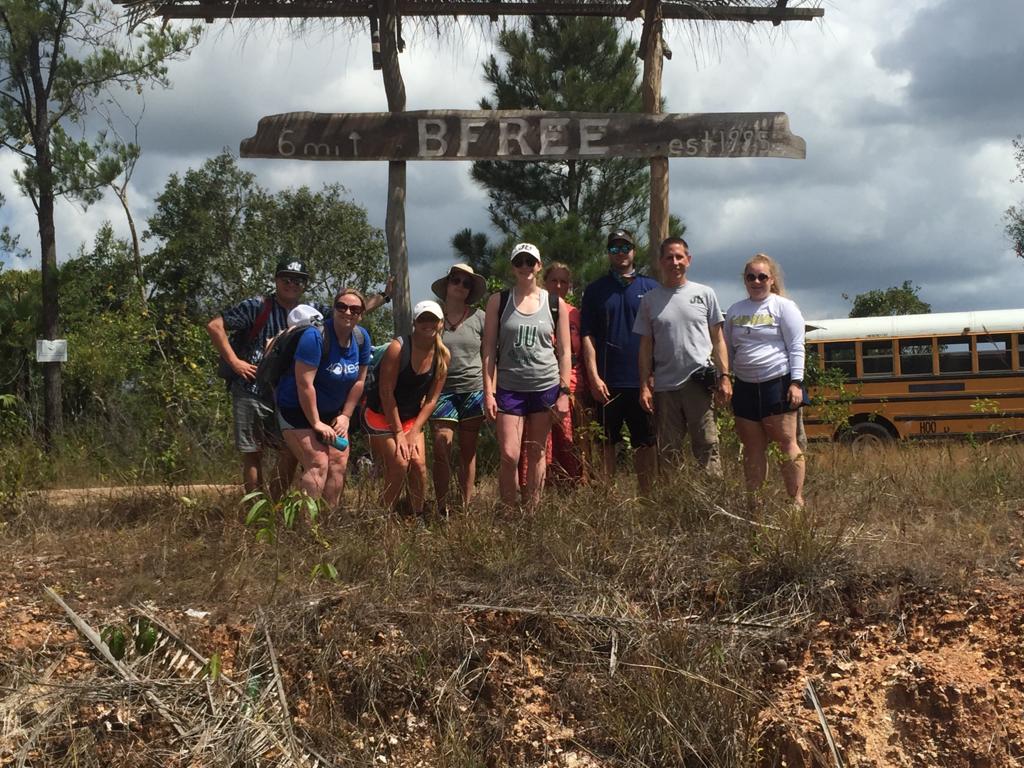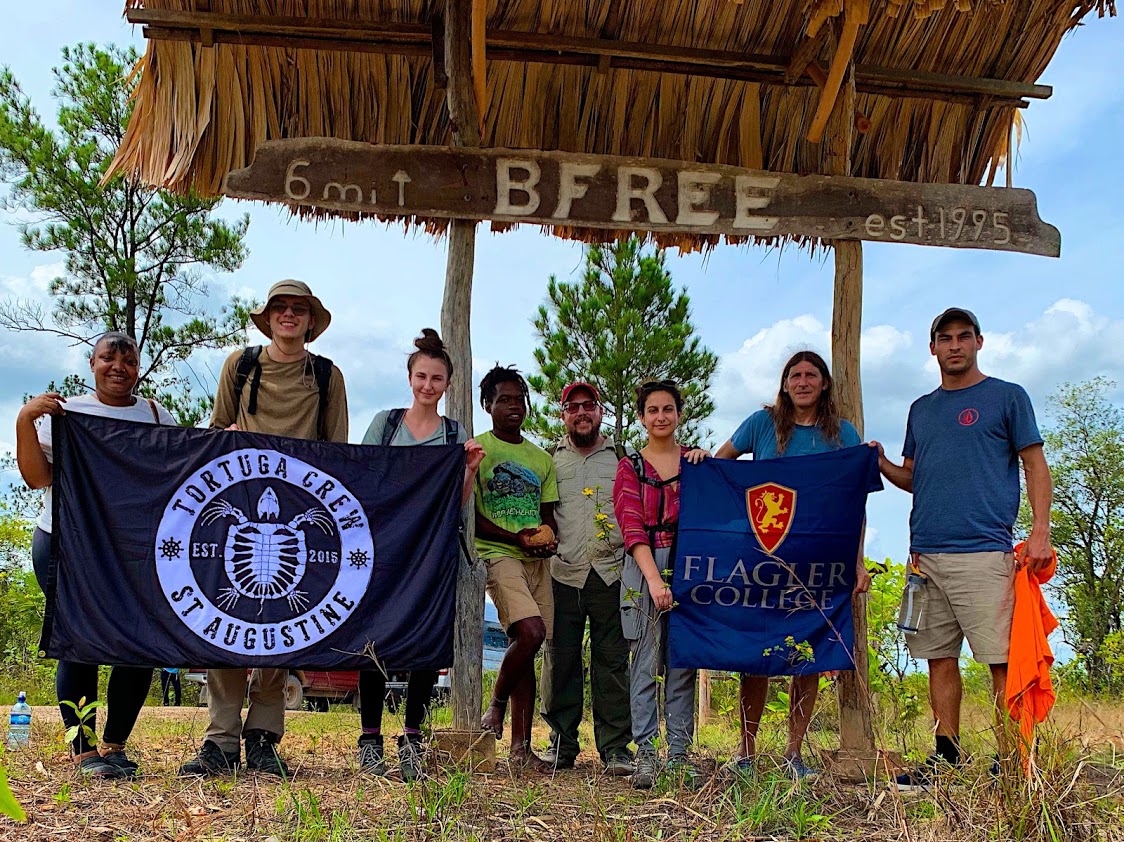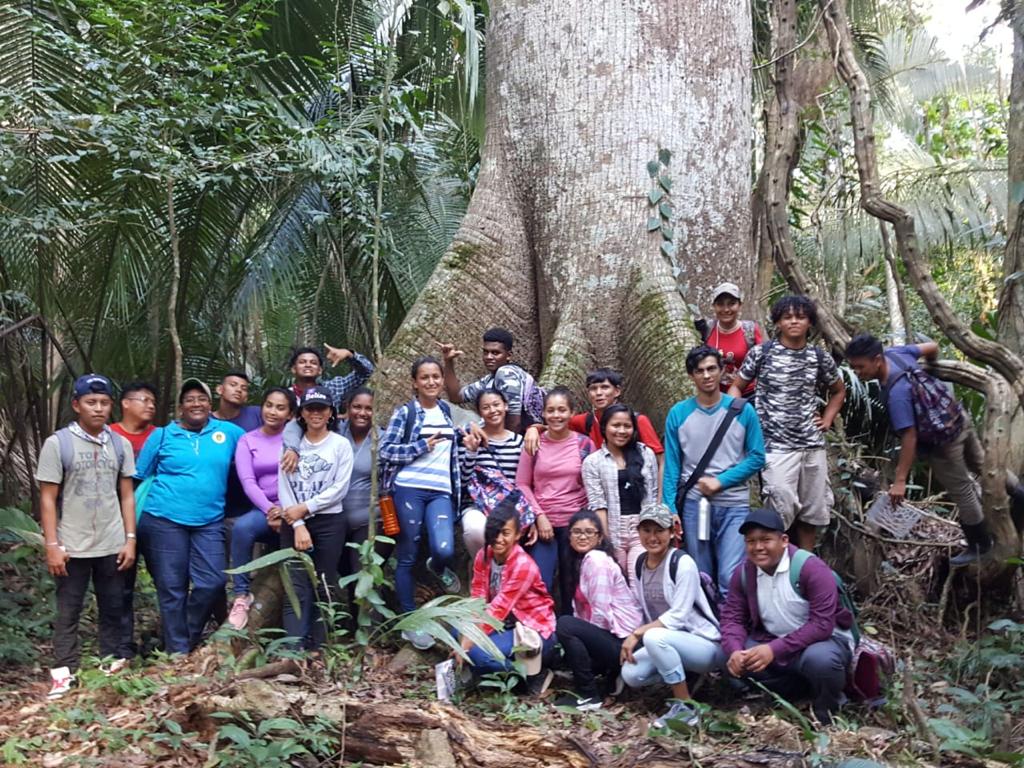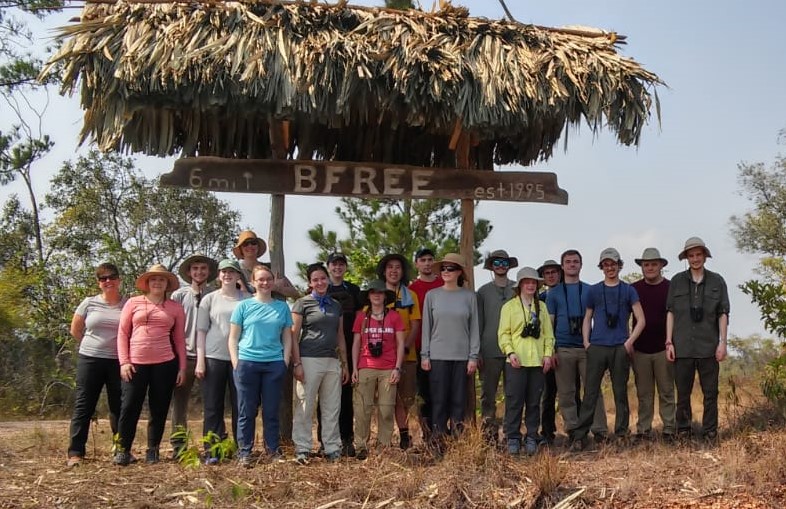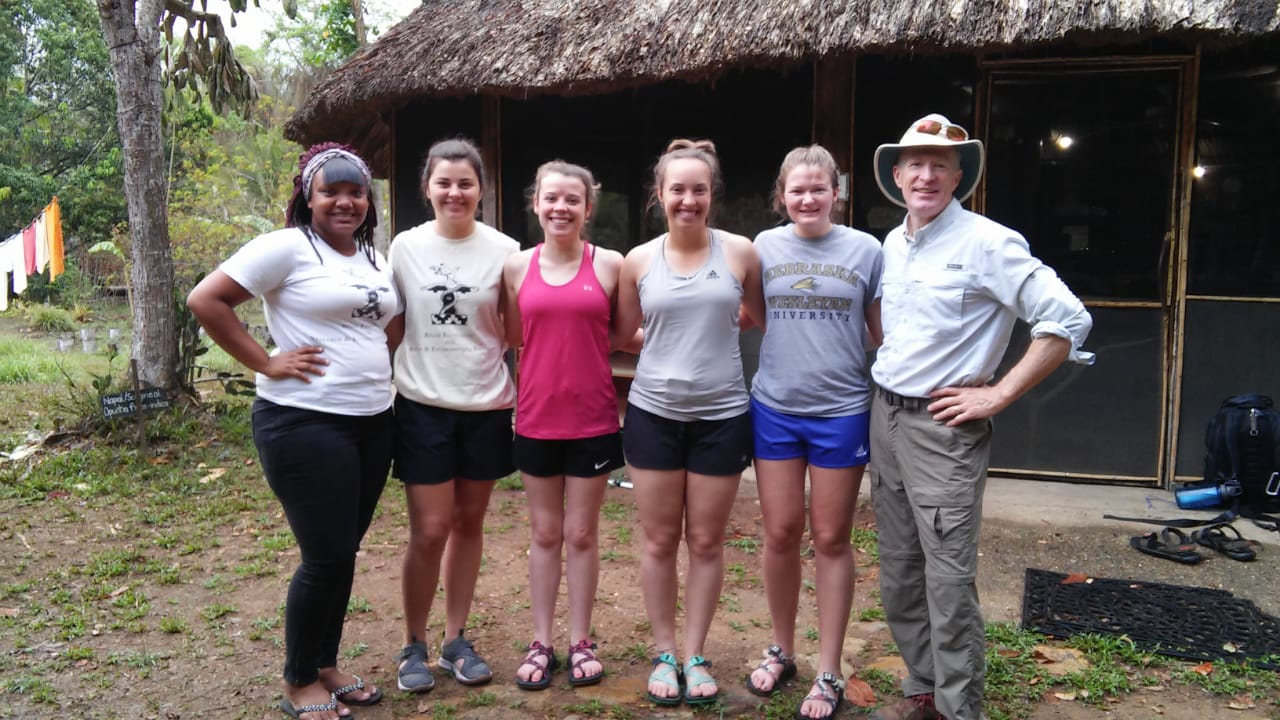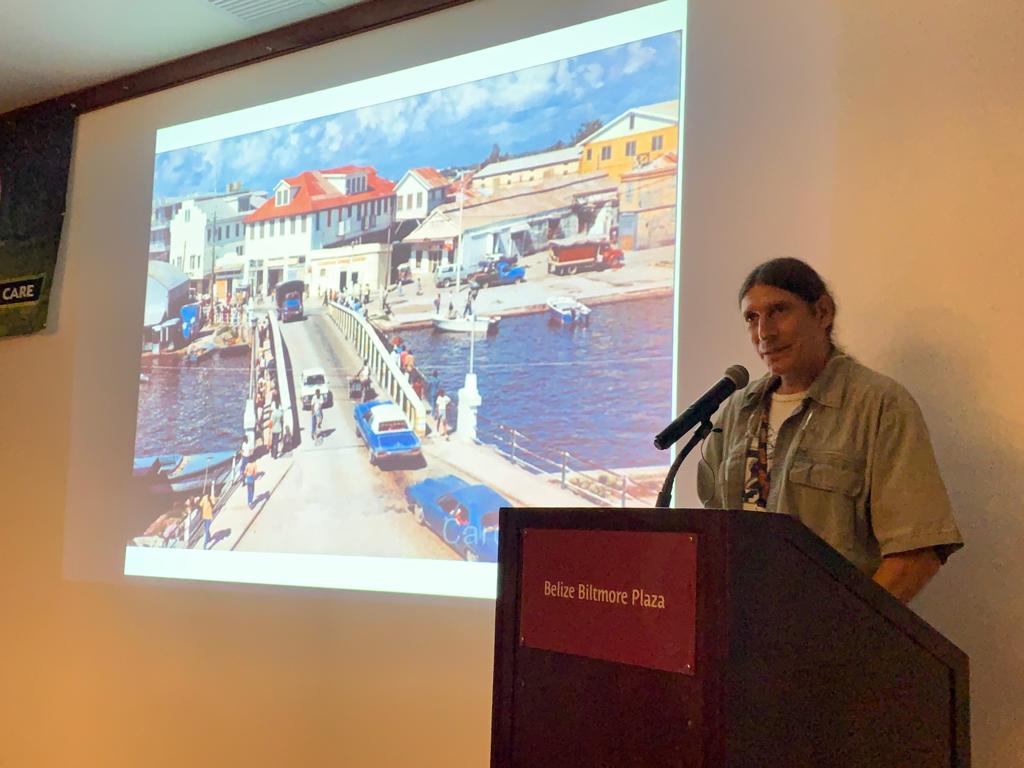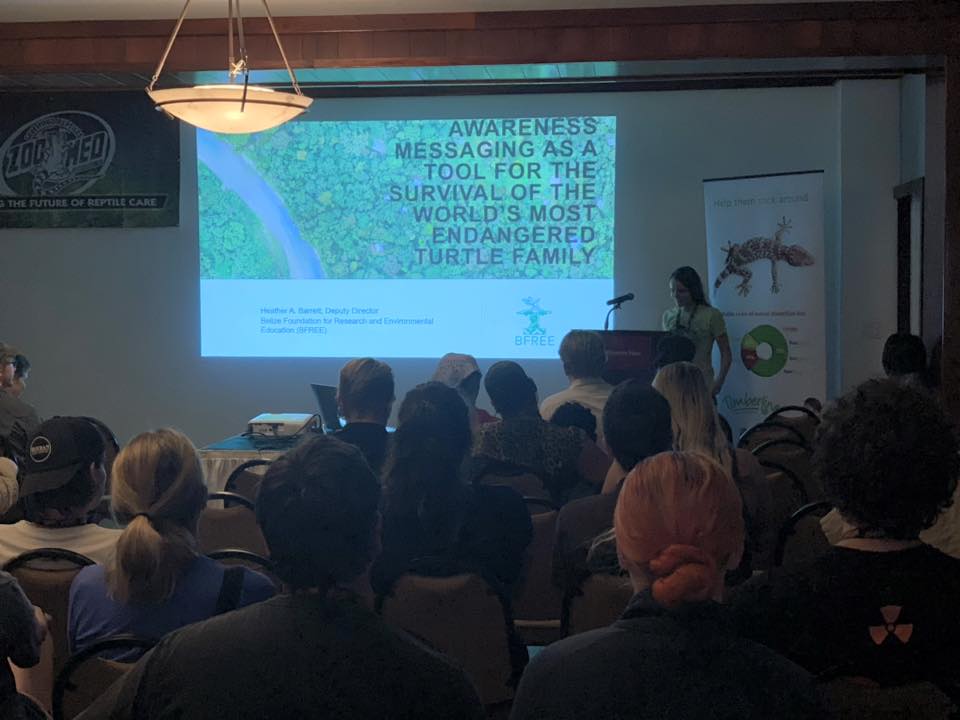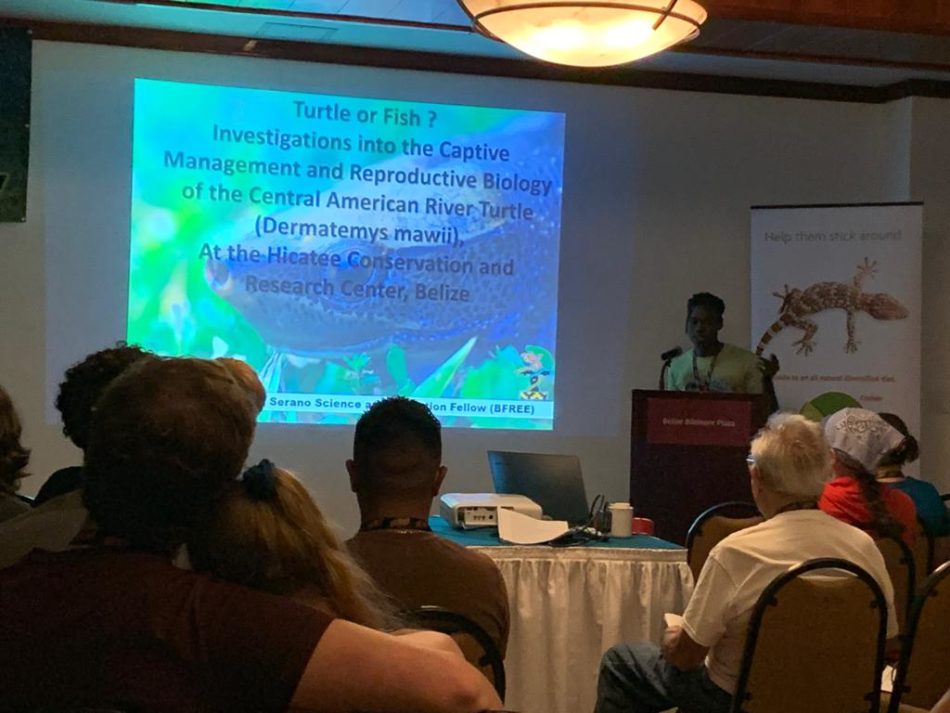New Cacao Operations Manager
Congratulations to Mr. Elmer Tzalam. He has recently taken on the new role of Cacao Operations Manager for Crioco Cacao, LLC. This is well-deserved promotion for Elmer. He has been a faithful employee to BFREE for over ten years.
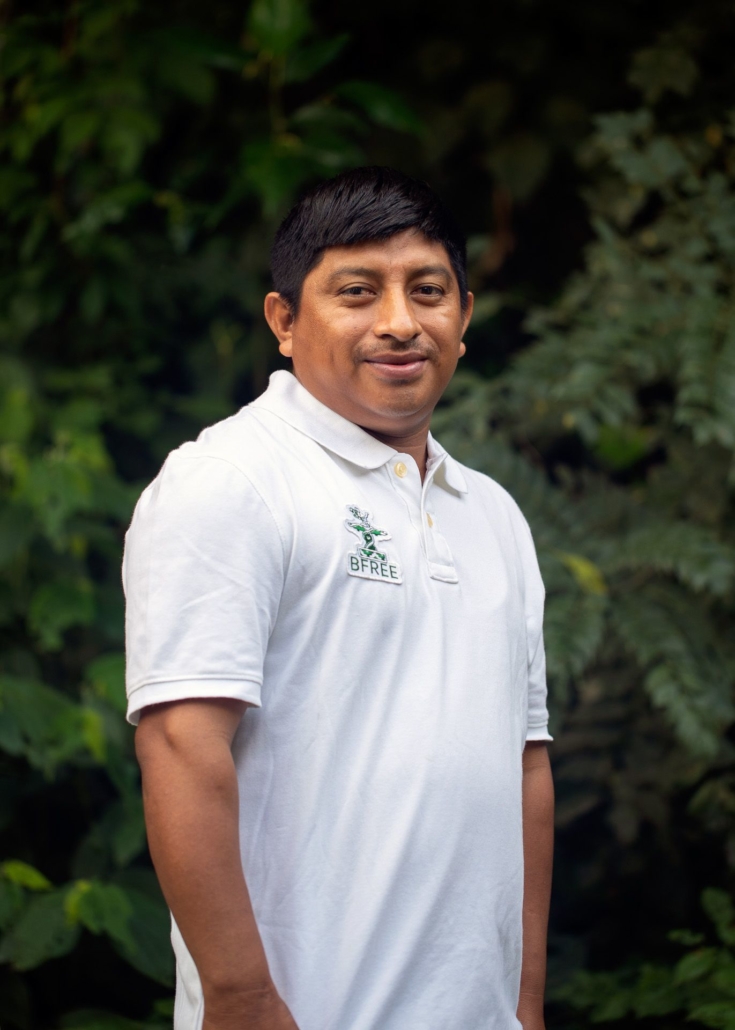
Elmer began working with BFREE in June 2011 as the project’s first cacao farm worker. Prior to BFREE, Elmer received cacao training internationally with the organization CATIE. He used the knowledge gained in training to support the growth of the cacao trees at BFREE. For years, he nurtured the cacao and coffee trees in that original farm plot – now designated Block 1. When it was necessary to begin collecting data on the wild Criollo trees found throughout the property, Elmer took responsibility. He would hike deep into the forest, sometimes alone, sometimes with other BFREE staff or volunteers.
He is multi-talented and has many years of work experience prior to joining the BFREE team in 2011. Because of his well-rounded work history, Elmer has filled many roles at the field station. From supporting student groups, to maintaining the facilities, to delivering supplies, to training new cacao staff – he has done a little bit of everything and he understands how this field station works.
“Elmer has been instrumental in the development of BFREE’ cacao program since its inception,” stated Jacob Marlin, Crioco Cacao, CEO. “His extensive experience in the many cacao operations such as the nursery, the wild trees, the farm and with post-harvest processing make him invaluable to our agroforestry program.”
